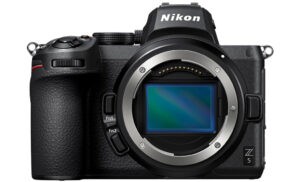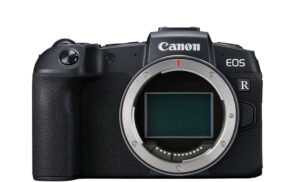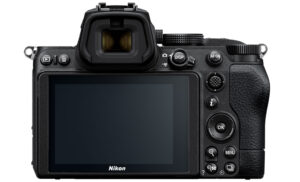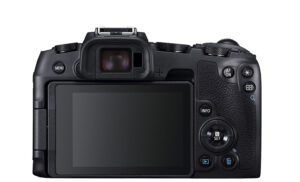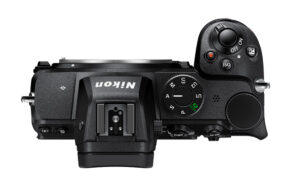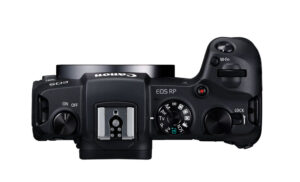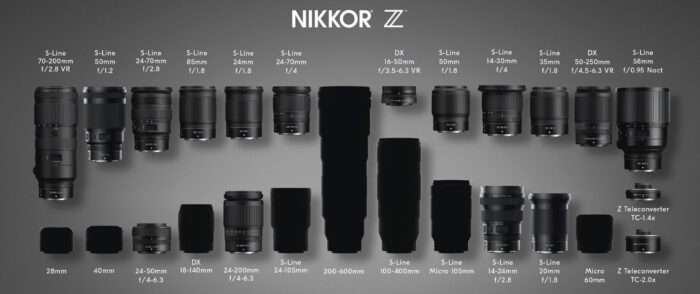If you’re in the market for an affordable full-frame camera, you’re in luck because this segment is growing. You can find the old but still valid Sony A7 II or the more recent Canon EOS RP. And now Nikon has joined the game with the introduction of the Z5.
We’ve already talked about how the Nikon compares to the Sony, so now it’s time to talk about the Z5 and EOS RP.
Nikon Z5 Comparison Previews
Z5 vs A7 II – Z5 vs A7 III – Z5 vs EOS RP
Ethics statement: the following is based on official information about the Nikon Z5 and our review and comparison of the Canon EOS RP. We were not asked to write anything about these products, nor were we provided any other compensation of any kind. Within the article, there are affiliate links. If you buy something after clicking one of these links, we will receive a small commission. To know more about our ethics, you can visit our full disclosure page. Thank you!
1. Dimensions and ergonomics
The RP model is lighter and smaller than the Z5. Both feature weather-sealing, although that of the RP is not as advanced as other models. The Nikon has a magnesium alloy frame, whereas the RP only uses this material around the mount.
- Z5: 134 x 100.5 x 69.5 mm, 675g
- EOS RP: 132.5 x 85 x 70mm, 485g
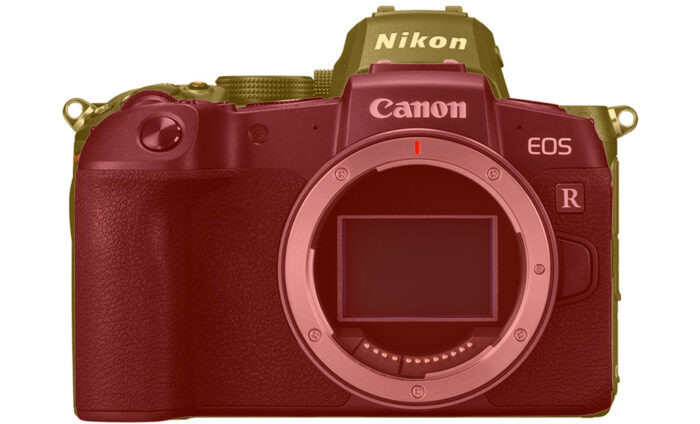
We really like the design of the Z5 which is almost identical to that of the Z6 that we’ve tested (and still own). It’s not too big, not too heavy, very comfortable to hold with all the buttons in the right place.
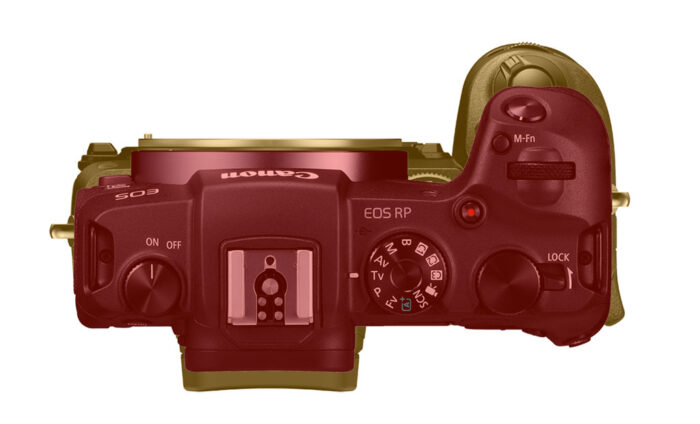
The design of the RP is good too despite the smaller size, and the grip remains surprisingly comfortable although my big hands prefer the Z5. I miss a few controls on the Canon like the AF Joystick on the rear.
2. Memory card slots
The Z5 comes equipped with two card slots compatible with the popular SD type, and both slots support the UHS-II standard.
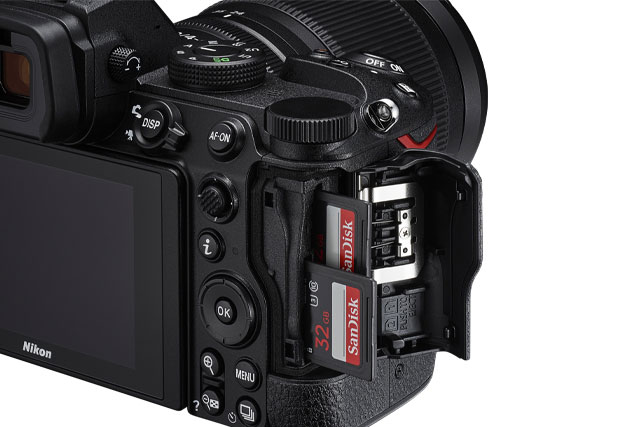
The EOS RP features one slot only with UHS-II support.
3. EVF and LCD
The Z5 uses the same viewfinder found on the Z6 which is a very good thing: it has a bright sharp OLED panel with 3.69M dots, a magnification of 0.8x and an eyepoint of 21mm.
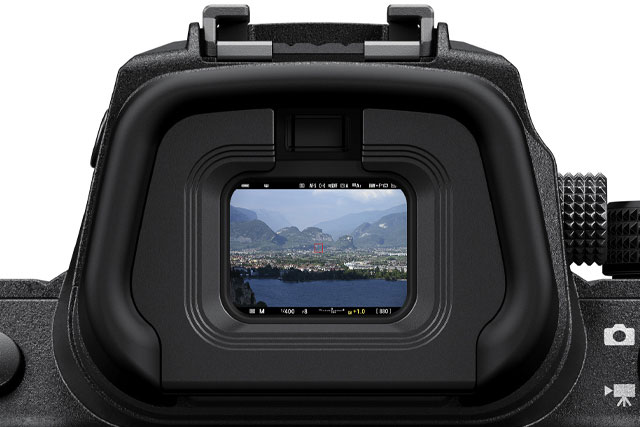
The EOS RP features a smaller panel (0.39-in vs 0.5-in on the Nikon), a lower magnification of 0.7x but a slightly longer eyepoint of 22mm. The resolution is also lower at 2.36M dots.
Another difference concerns the rear screen. The one on the Nikon tilts up and down approximately 90˚ and 45˚, whereas the one on the RP has a multi-angle mechanism and can be flipped to the side and rotated 180˚.
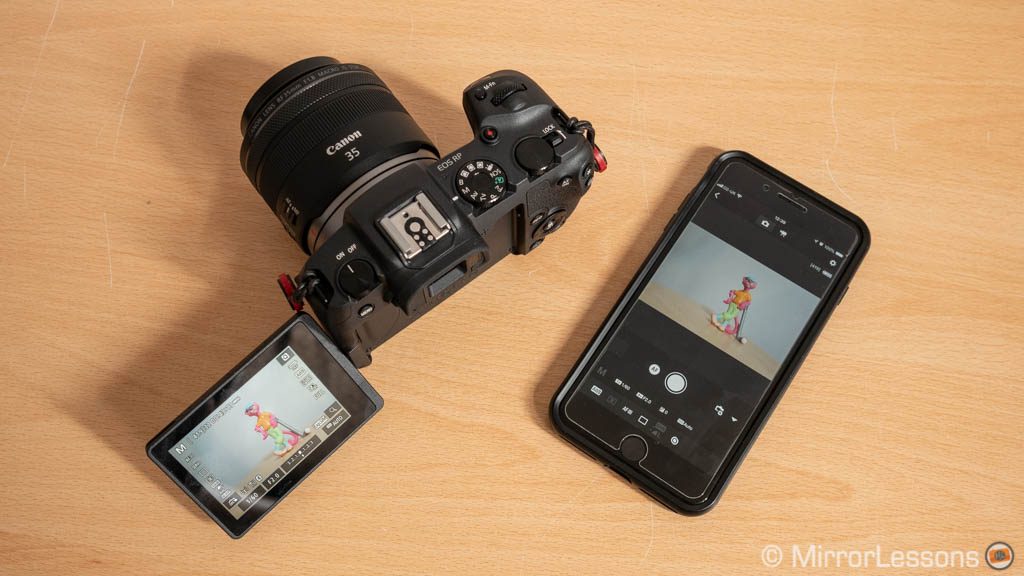
The resolution is the same (1.04M) but the Z5 screen is a bit larger (3.2 vs 3.0-in). Both monitors feature touch capabilities.
4. Sensor
The Z5 features a full-frame sensor (35mm format) with 24.3MP. The RP uses the same format but the sensor has sligthly more pixels with 26.2MP. A low pass filter is present on both.
The ISO specifications are as follows:
- Z5: 100 to 51200 ISO, or 50 to 102400 with the extended range
- EOS RP: 100 to 40000, or 50 to 102400 with the extended range
The RP sensor is older, and our tests showed limitations concerning dynamic range in comparison to other sensors. We have yet to test the Z5 to see how it compares, but given that the Canon is known for its weak dynamic range, I wouldn’t be surprised if the Z5 performs better on this front.
5. Autofocus
Both cameras use phase detection autofocus for faster and more accurate results.
The Z5 features 273 phase detection points across 90% of the sensor area. The minimum sensitivity is -2Ev (with a f/2 lens) but can be extended to -3Ev with the Low-Light AF setting.
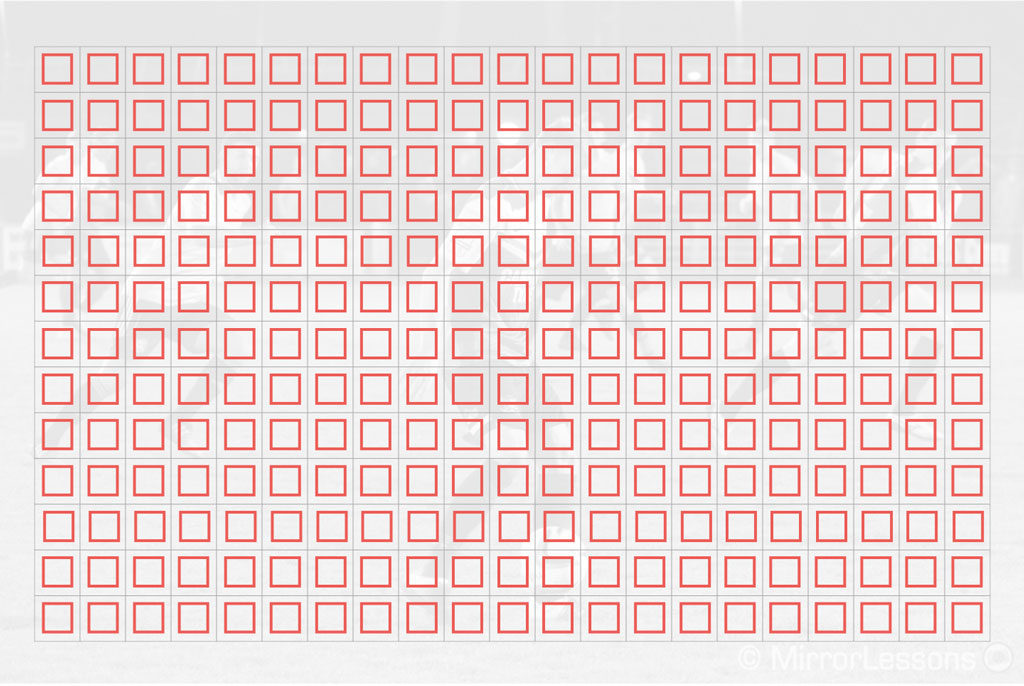
The EOS RP uses Canon’s renowned Dual Pixel CMOS AF with a maximum of 4,779 points (when the Single AF Point is used). The minimum sensitivity is -5Ev but measured at f/1.2, so that equals approximately to -3.5Ev at f/2.
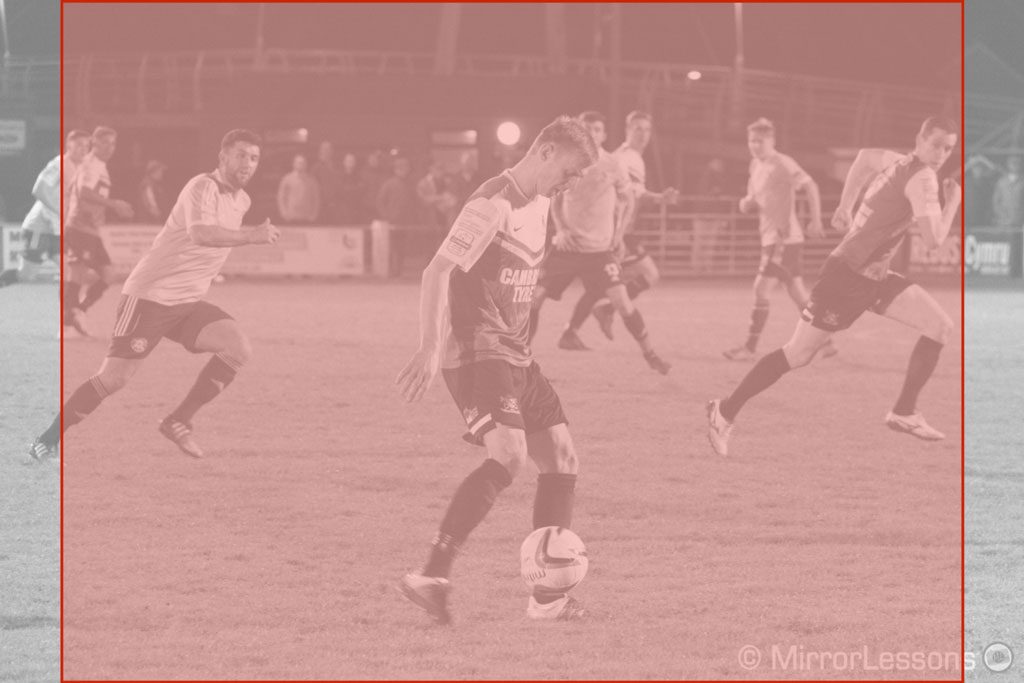
The Z5 has the same AF system as the Z6 that we tried, so that is a good indication of a camera that should be fast and reliable in many situations. The RP is also good but is somehow penalised by the overall slow processing speed of the camera.
Both include face and eye detection technology. On the Nikon it works for cats and dogs too.
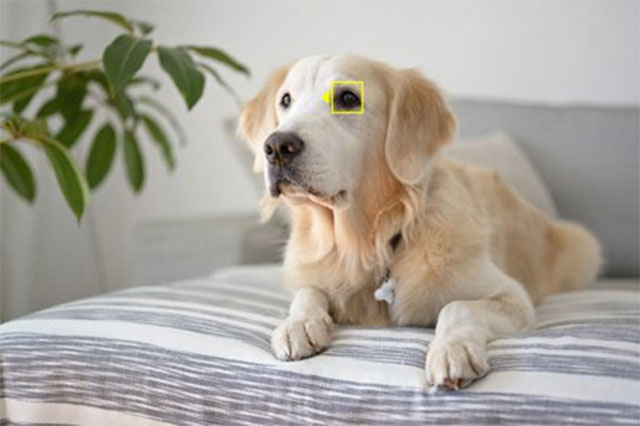
6. Image stabilisation
The Z5 includes image stabilisation on the sensor level, where it floats on a mechanism that compensates on 5 axes: roll, x, y, pitch and yaw. It has a CIPA rating of 5 stops and can work with stabilised lenses too (but fewer axes are used on the sensor in that case). It is based on the same system found on the Z6 and Z7.
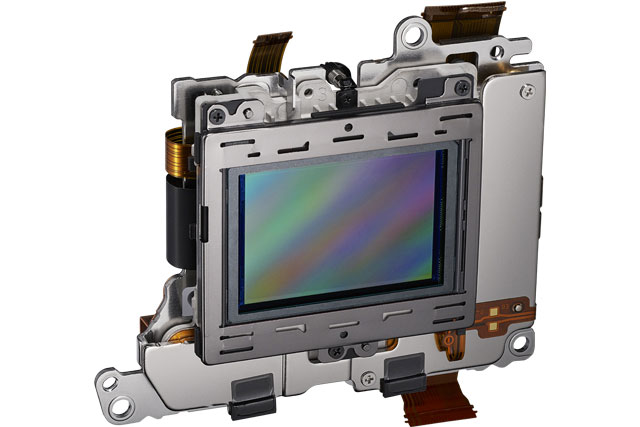
The EOS RP doesn’t have in-body image stabilisation and as such, relies on the optical stabilisation of select lenses. So whereas with the Z5 you get stabilisation with all lenses (IS and non IS), with the Canon you are more limited.
For video, the Z5 can use the sensor stabilisation and you can add electronic VR (Vibration Reduction) to improve the result. The RP has digital IS that can work on its own or combined with optical stabilisation.
7. Video
Both cameras can record 4K video but with a severe limitation: a big crop is applied to the sensor, which results in a severe change of your field of view. The Z5 applies a 1.7x crop and the EOS RP a 1.75x crop.
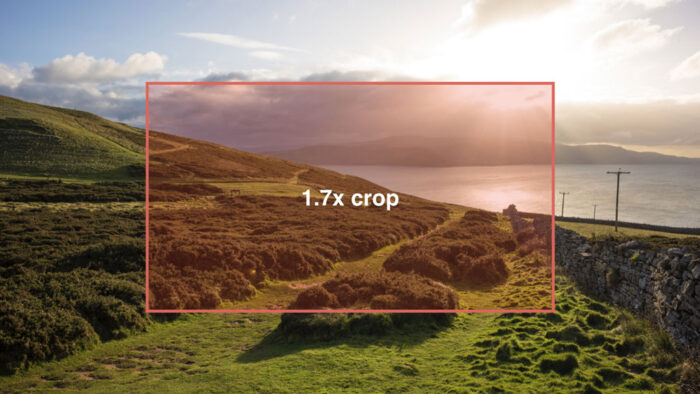
The Z5 can record 4K up to 30p, whereas the RP does 24 and 25p only.
In Full HD, they can both record with the full width of the sensor up to 60p.
On both products, internal recording is 8-bit 4:2:0 and there are no log profiles or more advanced settings. However you will find a microphone input and headphone output.
8. Battery
The Nikon Z5 has been given an official rating of 470 frames per charge with the LCD monitor, or 390 frames when using the EVF. Considering that you might use a bit of both, you’re looking at a rating of around 430 shots.
The EOS RP uses a smaller battery and has a rating of 250 shots by comparison.
Both cameras can be charged via USB but the RP is not compatible with all mobile powerbanks (you need a high current one apparently). The Z5 can also be powered while in operation.
9. Mount system
Both Canon and Nikon started their full-frame mirrorless venture at the same time. Two years later, here is what is available.
Nikon has released 14 lenses and offers a selection of fast 1.8 primes, high quality 2.8 zooms and more affordable zooms. New lenses are coming including super telephoto lenses, a fast 50mm 1.2 and more. Oh and let’s not forget about the crazy expensive 58mm 0.95 manual focus lens!
For the RF mount, Canon has produced 15 lenses. There are 2.8 zoom, a few 1.2 primes and super telephoto lenses including the curious 600mm and 800mm f/11. There is also an impressive 28-70mm f2.
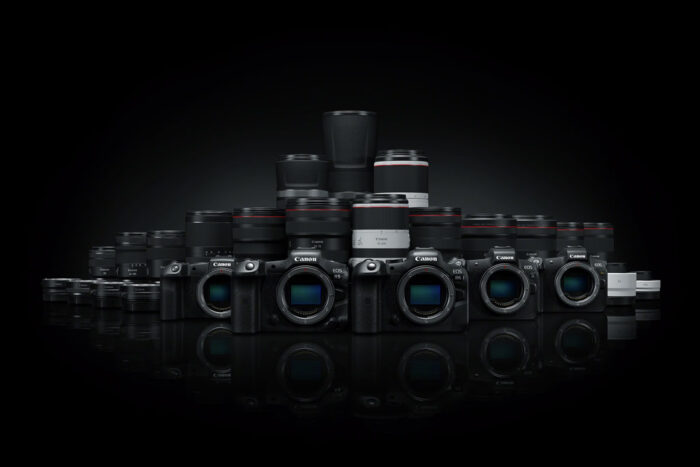
The truth is that many of the lenses from both brands are expensive, which is something worth mentioning if you’re looking for an affordable full frame camera. Hopefully more will come.
You can adapt lenses from Nikkor F-mount and Canon EF-mount, and both companies have made an excellent adapter that works really well concerning automatism and autofocus performance. But keep in mind, especially for the RP, that an adapter plus a DSLR lens can become quite heavy and large, undermining the advantage of the compact camera body.
10. Prices
The Z5 is more recent and therefore more expensive. It starts at $1400 for the body only, or $1700 with the 24-50mm f/4-6.3 kit lens.
The EOS RP can be found for $1000 (body only), or $1300 with the 24-105mm f/4-7.1 which gives you a wider zoom range to work with.
In Europe, the RP is found in a bundle with the EF to RF adapter for £1200 / €1300, or with the same kit lens in the UK for £1400. The Z5 is £1720 / €1850 with the 24-50mm (there is no body only price).
Note: prices as of July 2020. US prices don’t include taxes.
Conclusion
The EOS RP has a more interesting price, and Canon also gives you a more versatile kit lens with a better range that goes from wide to medium telephoto. It’s not a bad deal to begin with.
The Z5 has more to offer though: internal stabilisation, a better viewfinder, a larger grip, two SD card slots and more battery life. If the extra cost is not a problem, it certainly is a more compelling offer.
Reminder: the links below are affiliate links. If you decided to buy something after clicking the link, we will receive a small commission.
Check price of the Nikon Z5 on
B&H Photo
Check price of the Canon EOS RP on
Amazon | Amazon UK | B&H Photo
Nikon Z5 Comparison Previews
Z5 vs A7 II – Z5 vs A7 III – Z5 vs EOS RP

